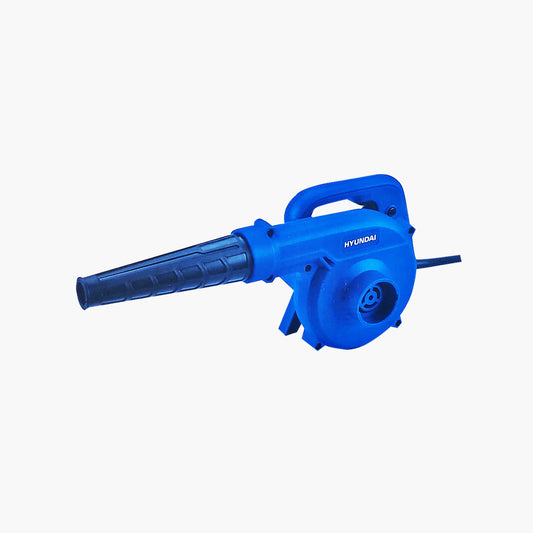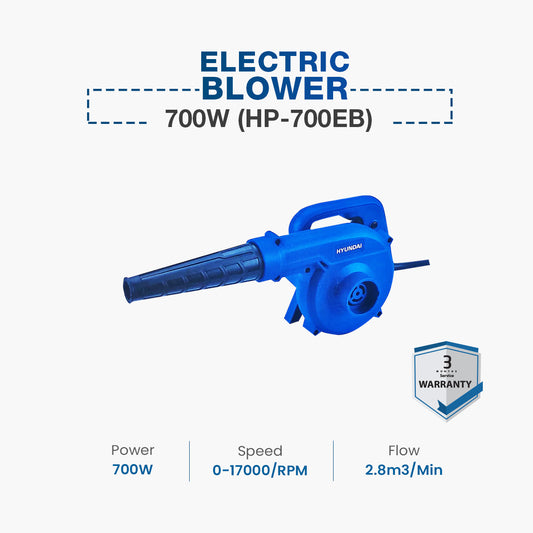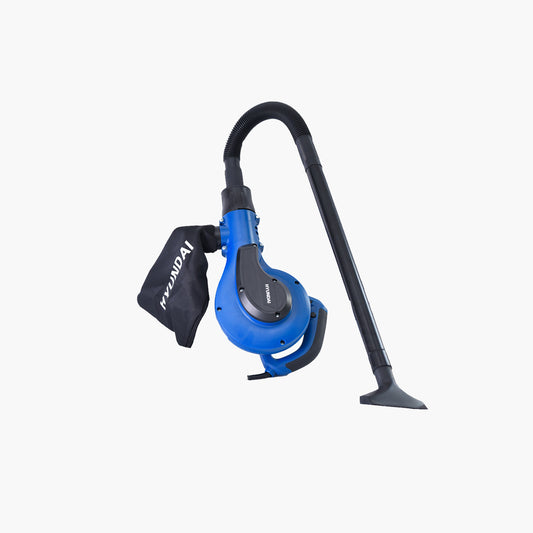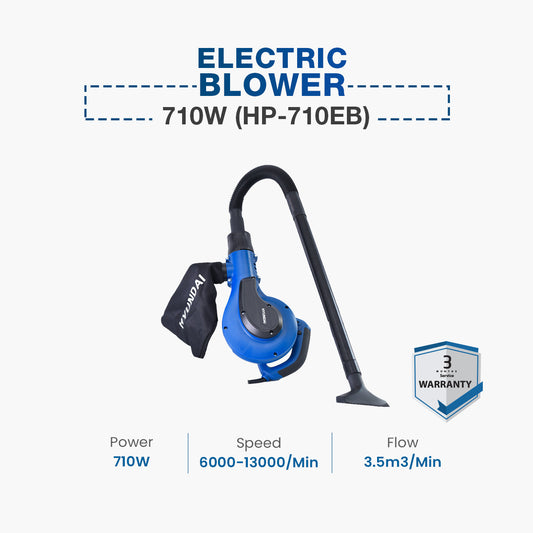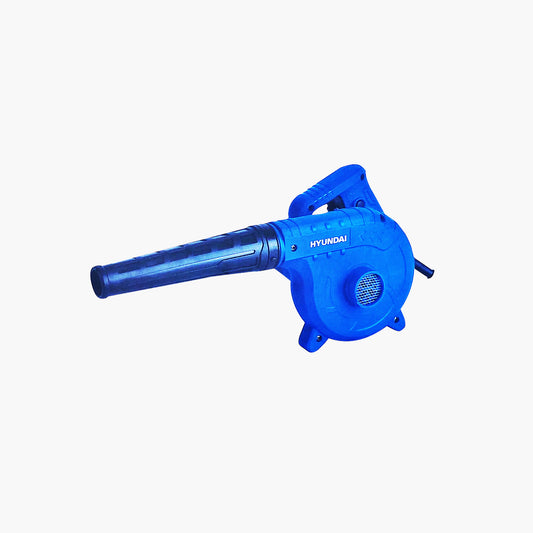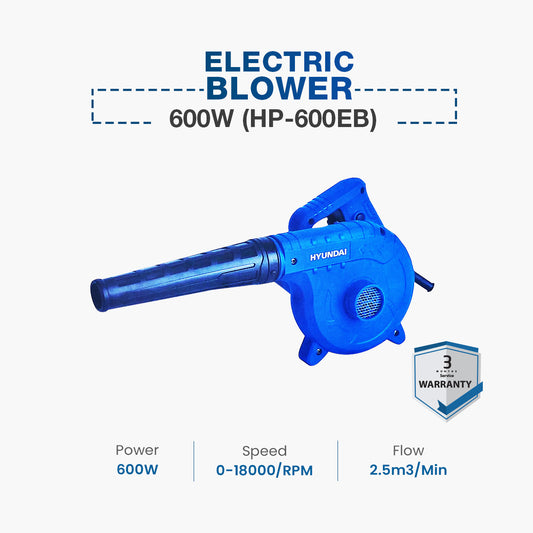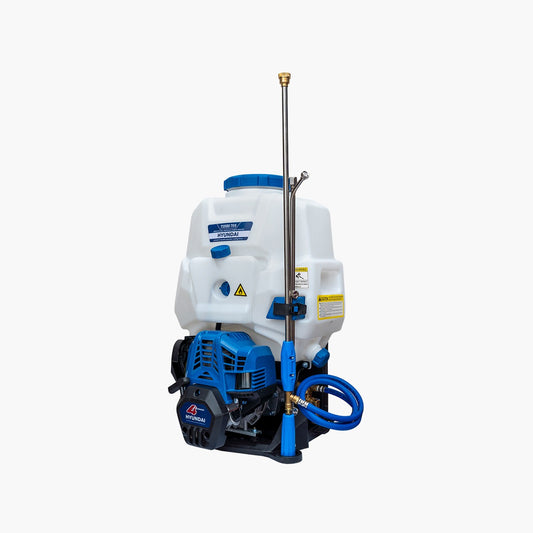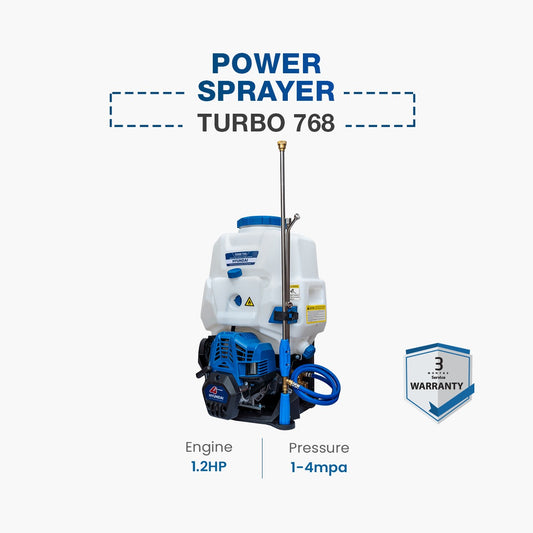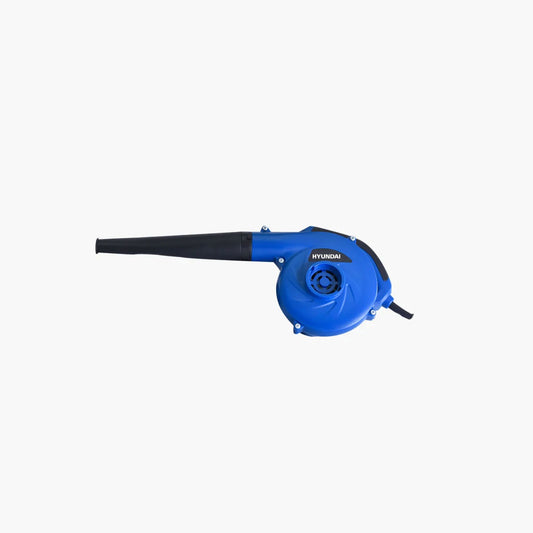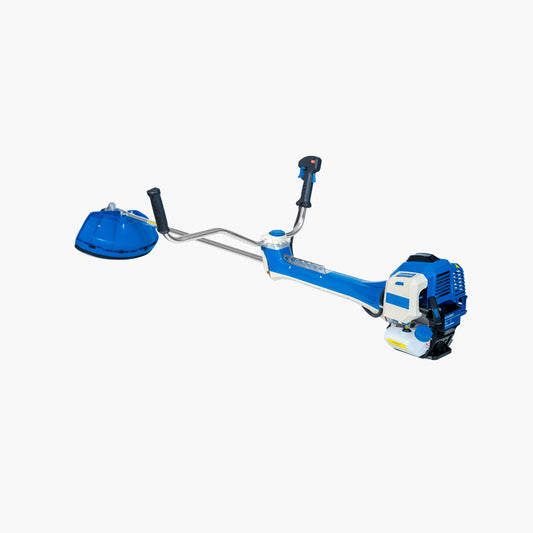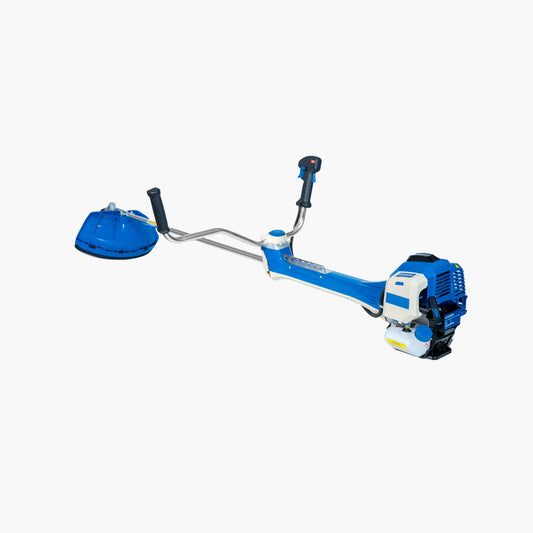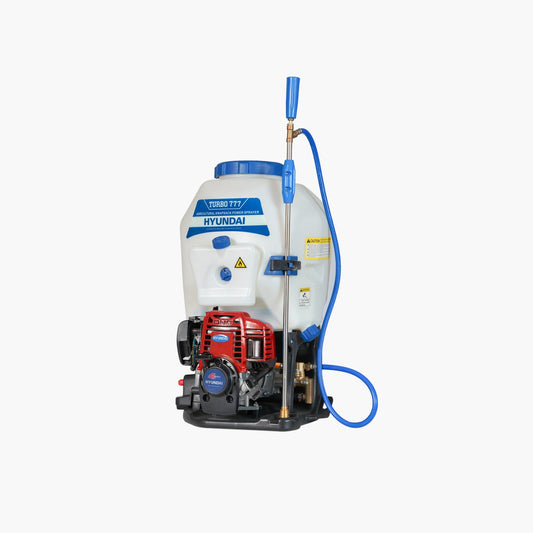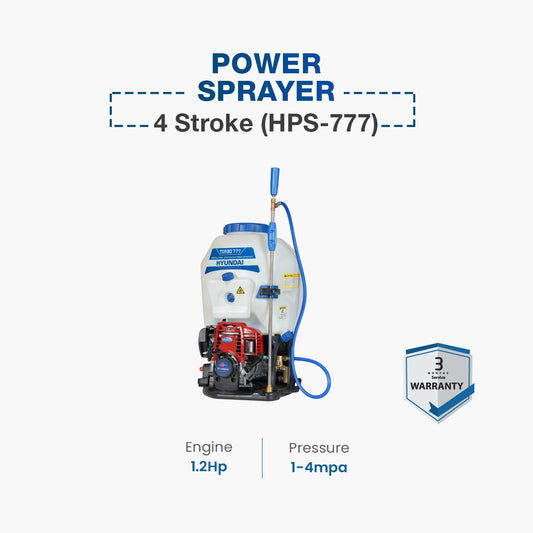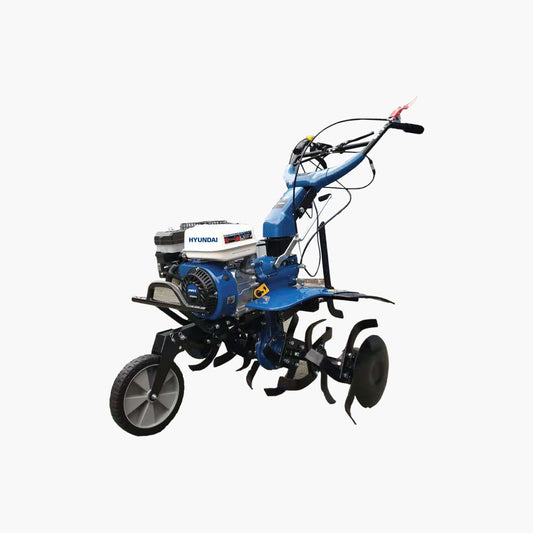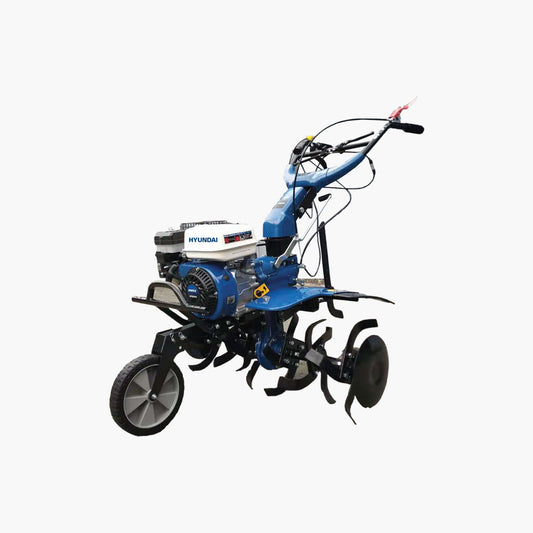-
Hyundai Electric Blower 700W (HP-700EB)Voltage 230V~50Hz Capacity 700W Blower Blower + Vacuum Speed 0-17000/Min Flow 2.8m3/Min
- Rs 6,900
Rs 7,800- Rs 6,900
- Unit price
- per
-
Hyundai Electric Blower 710W (HP-710EB)2 in 1 Electric Blower Blower + Vacuum Type BVC-3.5 Capacity 710W Operating Power 220V~50Hz No load speed 6000-13000/Min Flow 3.5m3/Min
- Rs 10,250
Rs 11,000- Rs 10,250
- Unit price
- per
-
Hyundai Electric Blower 600W (HP-600EB)Voltage 230V~50Hz Capacity 600W Blower Blower + Vacuum Speed 0-18000/Min Flow 2.5m3/Min
- Rs 5,800
Rs 6,500- Rs 5,800
- Unit price
- per
-
Hyundai Power Sprayer 4 Stroke (HPS-768)Engine Hyundai Power of engine 1.2Hp Discharging Volume 35.8CC Pressure 1-4mpa
- Rs 40,600
- Rs 40,600
- Unit price
- per
-
Hyundai Electric Blower 650W (HP-650EB)2 in 1 Electric Blower Blower + Vacuum Capacity 650W Operating Power 230V~50Hz No load speed 6000-13000/Min Flow 3.0m3/Min
- Rs 7,650
Rs 8,200- Rs 7,650
- Unit price
- per
-
Hyundai Brush Cutter 0.75KW (HBC 139)Engine type: Air-cooled, 4-stroke Engine size: 31cc Fuel tank capacity: 900ml Noise level: 117db Max speed: 10,500rpm Max power: 1.0HP Start method: Recoil Fuel type: Use Pure Gasoline Gross Weight: 13.5kg
- Rs 40,300
- Rs 40,300
- Unit price
- per
-
Hyundai Brush Cutter 1.85KW (HBC 52)Engine type: Air-cooled, 2-stroke, Single cylinder Engine size: 50.8cc Fuel tank capacity: 800ml Noise level: 117db Max speed: 9500rpm Max power: 2.5HP (1.85kW) Start method: Recoil Fuel type: Pre-mix Unleaded Gross Weight: 13.68kg
- Rs 42,000
Rs 44,250- Rs 42,000
- Unit price
- per
-
Hyundai Power Sprayer 4 Stroke (HPS-777)Engine: Hyundai Power of engine: 1.2Hp Discharging Volume: 50CC Pressure: 1-4mpa
- Rs 40,600
- Rs 40,600
- Unit price
- per
-
Hyundai Power Tiller 15HP (HYT480)HYT480 1-year Warranty HYT 480 Model 15 HP Petrol Engine Power 5 ft Goddi 3 gears 40 Blades 4 Side moveable handle 130 KG Fuel Tank Capacity: 5.5L Engine Oil Capacity: 1.1L Tilling Width: Max 150mm
- Rs 165,000
- Rs 165,000
- Unit price
- per
-
Hyundai Power Tiller 7HP (HYT240)HYT240 1-year Warranty HYT 240 Model 7 HP Petrol Engine Power 3 ft Goddi 3 gears 24 Blades 4 Side moveable handle 72 KG Fuel Tank Capacity: 3.6L Engine Oil Capacity: 0.6L Tilling Width: Max 1100
- Rs 122,000
- Rs 122,000
- Unit price
- per
SUBSCRIBE TO OUR NEWSLETTER
Get the latest updates on new products and upcoming sales
